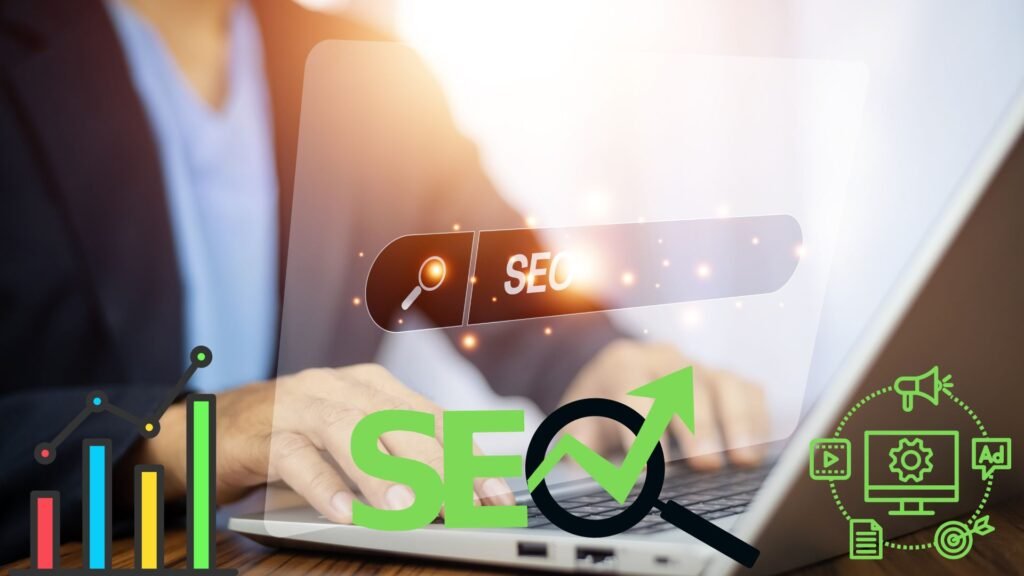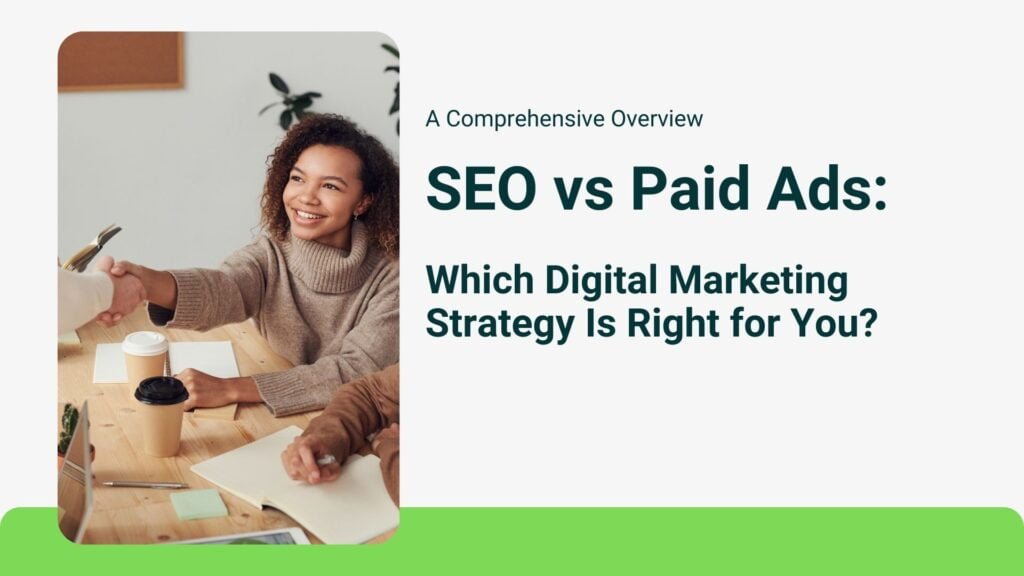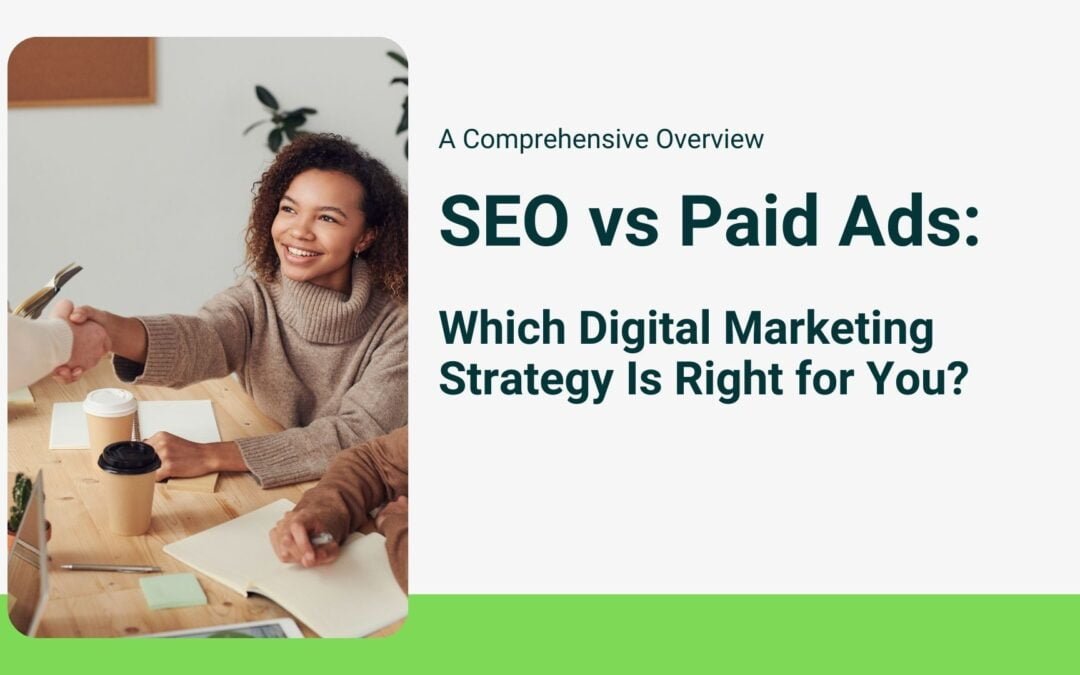SEO vs Paid In the ever-evolving landscape of digital marketing, businesses have a plethora of tools and strategies at their disposal. Among the most popular and effective are Search Engine Optimization (SEO) and Paid Ads. Both strategies aim to drive traffic to your website, increase brand awareness, and ultimately, boost sales. However, they differ significantly in their approach and benefits. In this blog post, we’ll dive into the pros and cons of SEO and Paid Ads to help you decide which strategy is best suited for your business.
What is SEO?
Search Engine Optimization (SEO) is the practice of optimizing your website to rank higher in search engine results pages (SERPs) organically. This involves various techniques such as keyword research, content creation, backlink building, and technical SEO improvements.

Pros of SEO
- Cost-Effective: Unlike paid ads, SEO doesn’t require a continuous investment. Once you’ve achieved good rankings, you can maintain them with minimal ongoing costs.
- Long-Term Results: SEO efforts can provide long-lasting results. Once you rank well for your target keywords, you can enjoy consistent traffic without ongoing payments.
- Credibility and Trust: Organic search results are often perceived as more credible and trustworthy by users compared to paid ads. High rankings can enhance your brand’s reputation.
- Sustainable Growth: SEO focuses on building a solid foundation for your website, which can support long-term growth and adaptability to algorithm changes.
Cons of SEO
- Time-Consuming: Achieving high rankings can take several months of consistent effort. It’s not a quick-fix solution.
- Constant Updates: Search engines frequently update their algorithms, which can impact your rankings. Staying updated with these changes requires ongoing effort and adaptation.
- Competitive: Highly competitive industries may find it challenging to rank for popular keywords, especially if larger companies dominate the search results.
What are Paid Ads?
Paid Ads, also known as Pay-Per-Click (PPC) advertising, involve paying for your website to appear at the top of search engine results or on other platforms like social media. Google Ads and Facebook Ads are common examples of this strategy.

Pros of Paid Ads
- Immediate Results: Unlike SEO, paid ads can generate traffic almost instantly once your campaign goes live. This makes it ideal for time-sensitive promotions.
- Targeted Advertising: Paid ads allow for precise targeting based on demographics, location, interests, and more. This ensures your ads reach the most relevant audience.
- Scalable: You can easily adjust your budget and scale your campaigns based on performance and business needs.
- Measurable ROI: Paid advertising platforms offer detailed analytics, making it easier to track and measure the return on investment (ROI) of your campaigns.
Cons of Paid Ads
- Cost: Running paid ad campaigns can be expensive, especially for highly competitive keywords. Costs can add up quickly, and ongoing investment is necessary to maintain traffic.
- Short-Term: Once you stop paying for ads, your traffic drops immediately. There’s no lasting impact like with SEO.
- Ad Blindness: Some users tend to ignore paid ads, focusing only on organic search results. This can limit the effectiveness of your campaigns.
Which Strategy Should You Choose SEO vs Paid Ads?
The choice between SEO and Paid Ads depends on your business goals, budget, and timeline. Here are some scenarios to consider:
- Limited Budget: If you have a limited budget and are looking for sustainable long-term growth, SEO might be the better option.
- Immediate Results: If you need quick traffic and immediate results, such as for a product launch or a time-sensitive promotion, Paid Ads are the way to go.
- Combining Both: Many businesses find success by combining both strategies. SEO builds a strong foundation for organic growth, while Paid Ads provide a quick traffic boost when needed.
Conclusion
Both SEO and Paid Ads have their unique advantages and can complement each other when used strategically. By understanding the strengths and limitations of each, you can create a balanced digital marketing strategy that drives consistent traffic, enhances brand visibility, and maximizes ROI.
If you’re looking for expert guidance on SEO or Paid Ads, our team at zedabi can help you navigate these strategies to achieve your business goals. Contact us today to get started!

Here are four external references for both SEO and Paid Ads :
SEO References:
- Moz Beginner’s Guide to SEO
- Search Engine Land: What Is SEO?
- Neil Patel: SEO Made Simple
- Google Search Central: SEO Starter Guide
Paid Ads References:
- Google Ads Help Center
- WordStream: The Ultimate Guide to PPC Advertising
- Facebook Ads Guide
- HubSpot: The Beginner’s Guide to Paid Search Advertising
